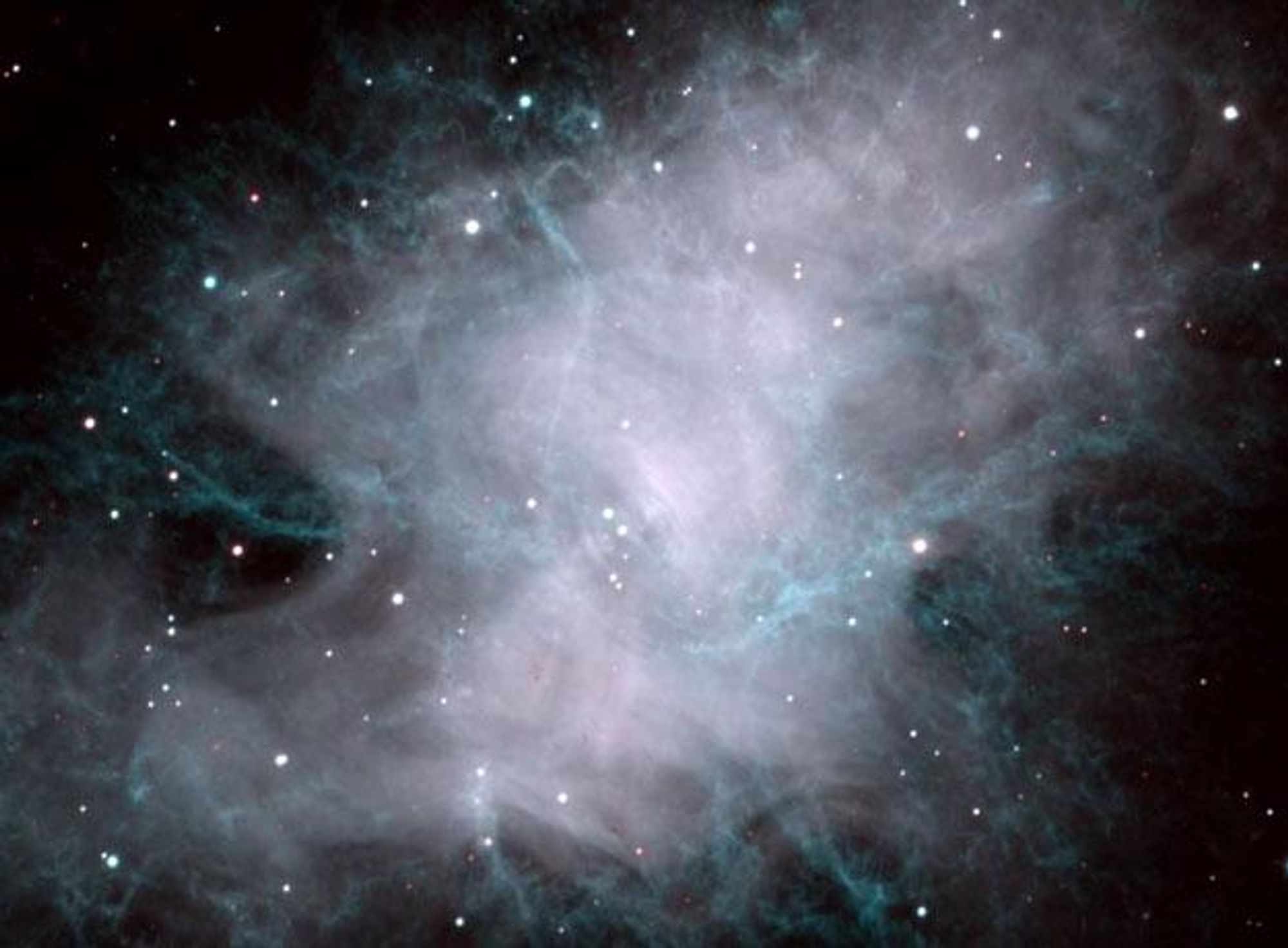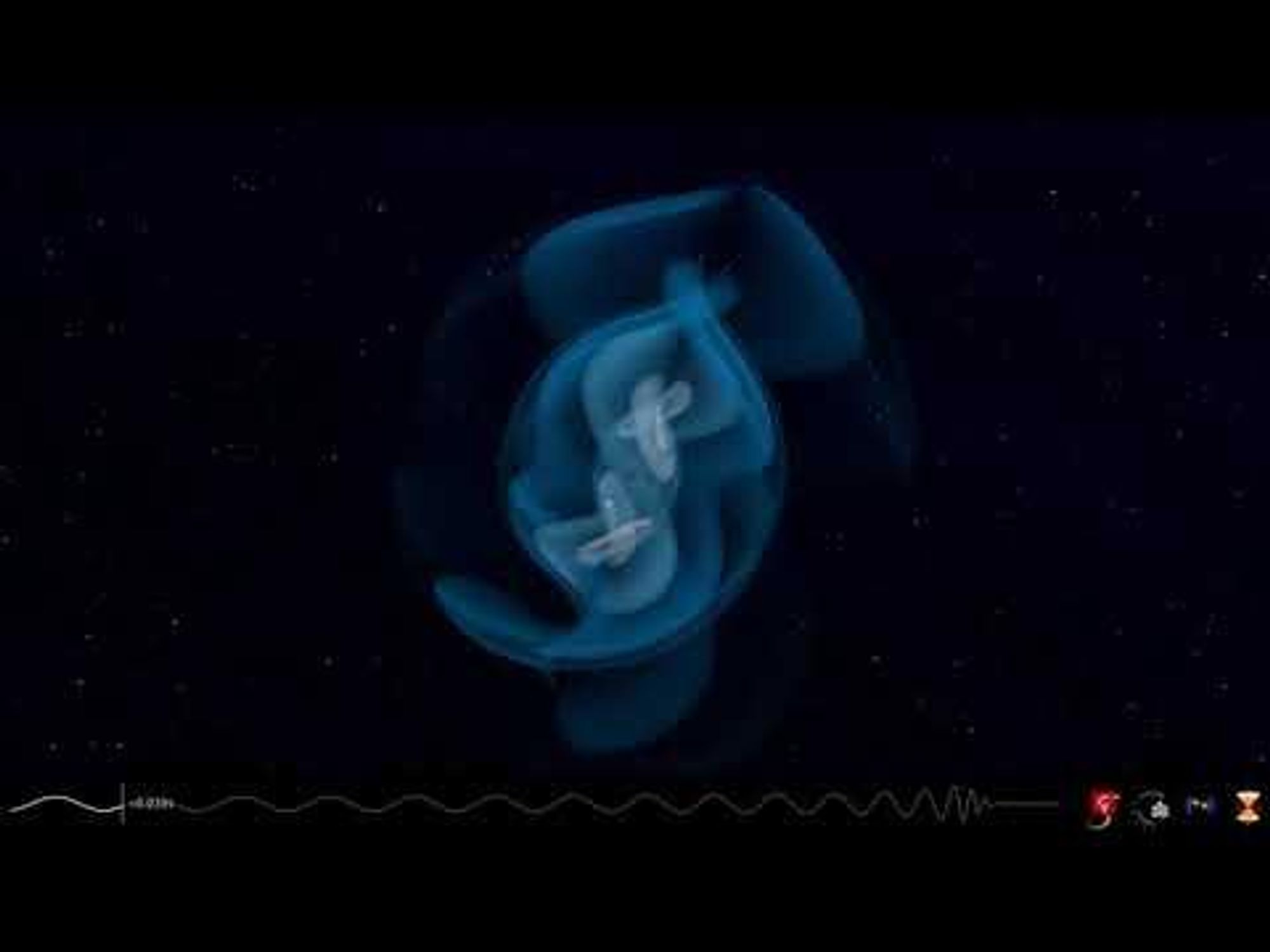Cassiopeia A in a Million Source: https://apod.nasa.gov/apod/ap040826.html #CassopeiaA #Supernovaemnant #ChandraObsevatory #NeutonStar #XRayAsronomy #SpaceExplration #CosmiWonder #StellarExlosion #Astrohysics #Spacecience #Universe
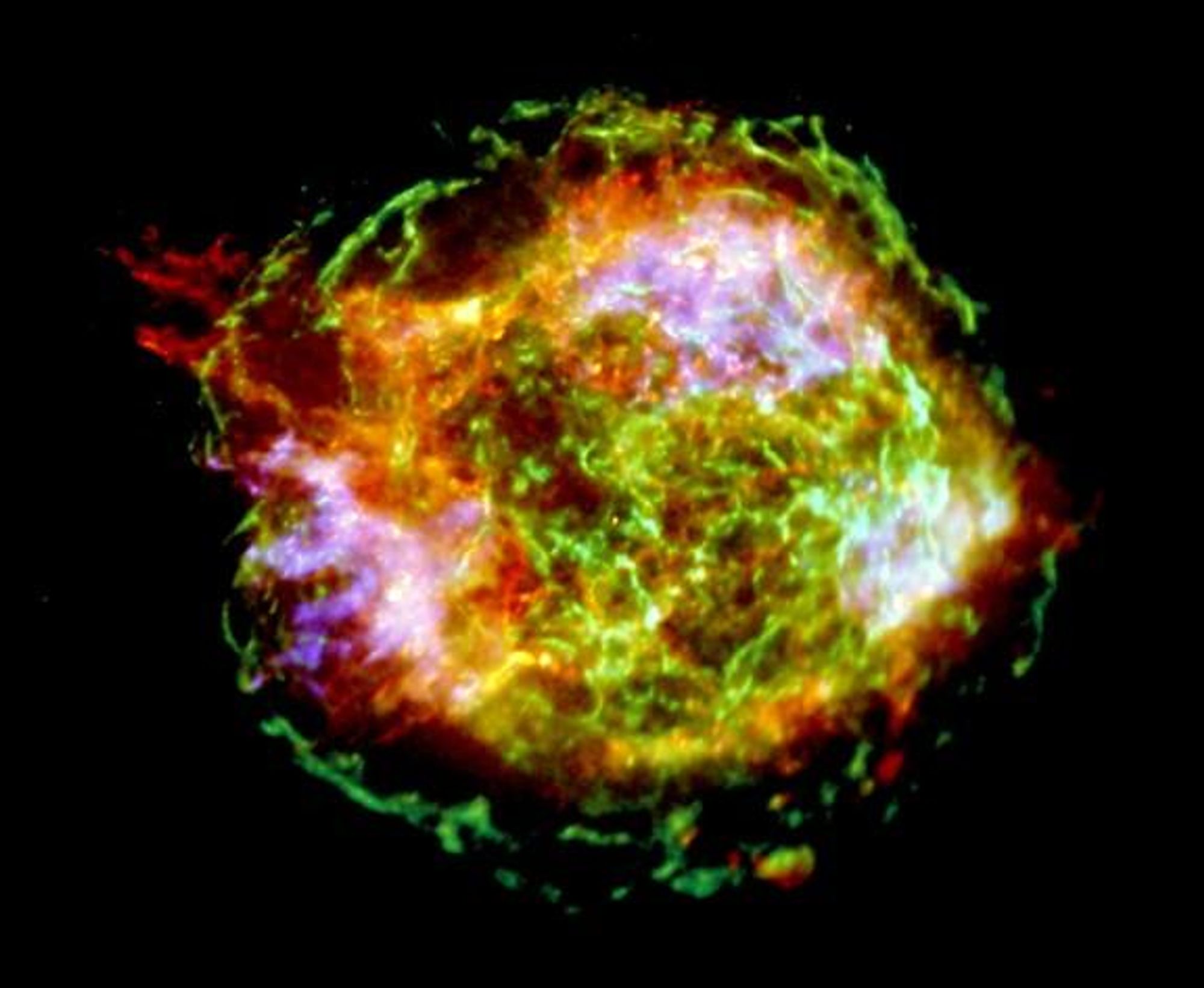
The High Energy Crab Nebula Source: https://apod.nasa.gov/apod/ap981122.html #CraNebula #Supernovaemnant #NeutonStar Pulsar #Asronomy#Space #Astrohysics #Comology #Spacecience #Science

A magnetar is a type of neutron star with a magnetic field so strong that from 1,000km (620mi) away it would rip all the electrons out of your body. Thanks for sharing Professor Erika Hamden! #science#sciencefacts#magnetar#neutronstar#magneticfield
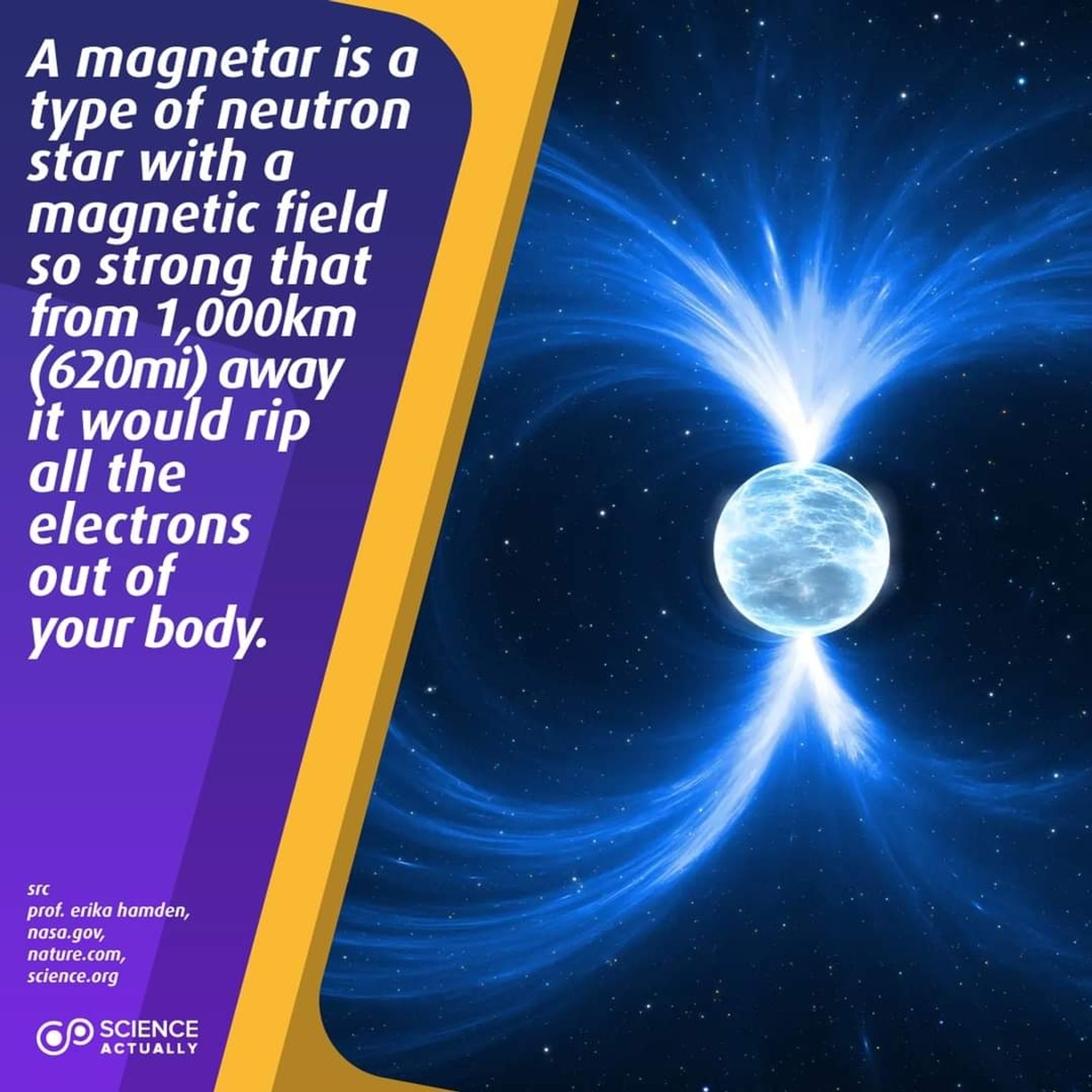
Neutron Star RX J1856.5−3754 (poetic name). What a beauty! 📷: NASA, ESA, ESO #photography#star#NeutronStar#space#astronomy
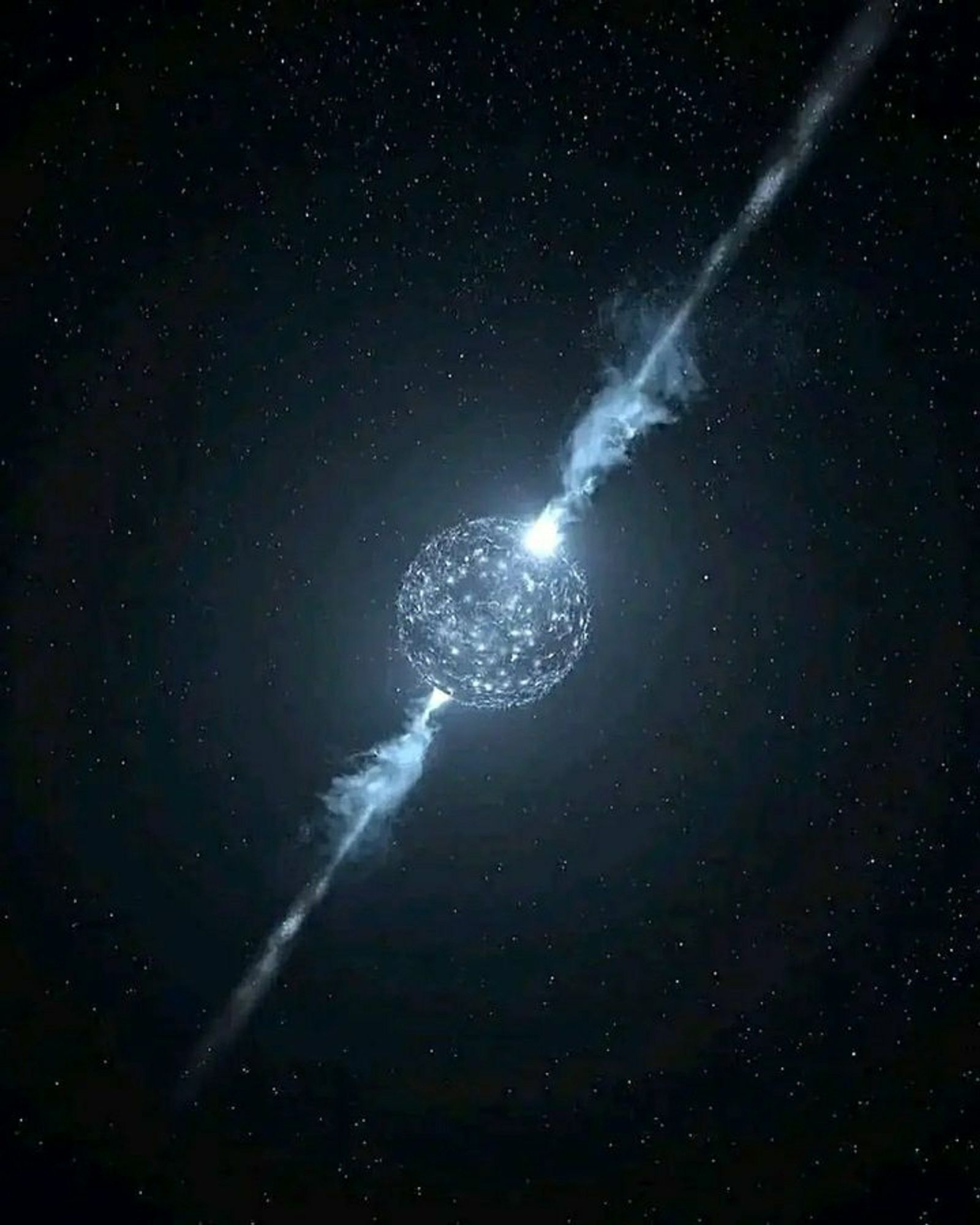
🌟 Dive into the rhythmic dance of a pulsar, where a celestial lighthouse pierces the cosmic da #Pulsar#NeutronStar#Astrophotography#CelestialDance#CosmicLighthouse#aiartdaily#aiart#artificialintelligence#ai#aiartist#dalle3#newmedia#aiartcommunity#nft#aiartists#digitalart#genera…
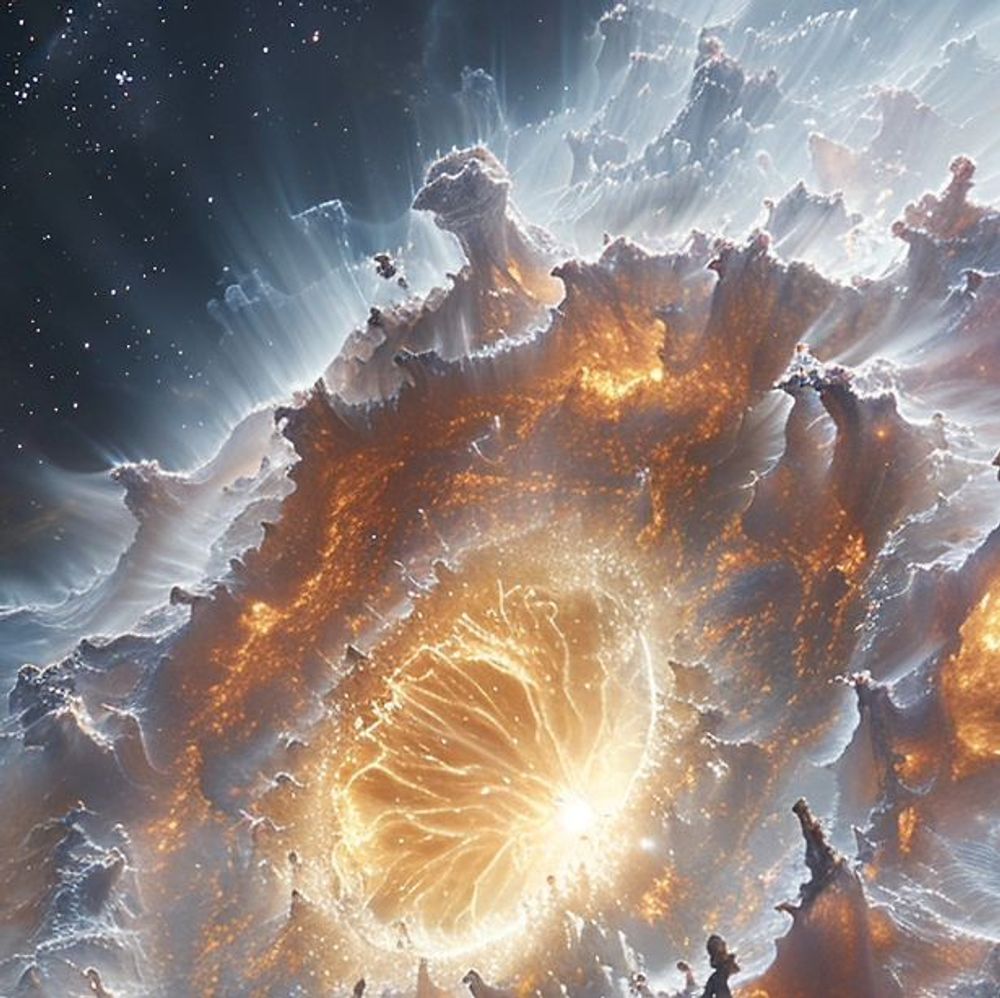
1 likes, 0 comments - eye.candy.ai on March 2, 2024: "🌟 Dive into the rhythmic dance of a pulsar, where a celestial lighthouse pierces the cosmic da..."
🌟 Behold the enigmatic beauty of a neutron star, where immense gravity and magnetic forces sha #NeutronStar#StellarRemnants#Astrophotography#MagneticFields#CosmicRotation#aiartdaily#aiart#artificialintelligence#ai#aiartist#dalle3#newmedia#aiartcommunity#nft#aiartists#digitalart…

27 likes, 1 comments - eye.candy.ai on February 23, 2024: "🌟 Behold the enigmatic beauty of a neutron star, where immense gravity and magnetic forces sha..."
I also forgot that I did "neutronstar" over here and I'm usually "neutronstarchild" (DOH)
